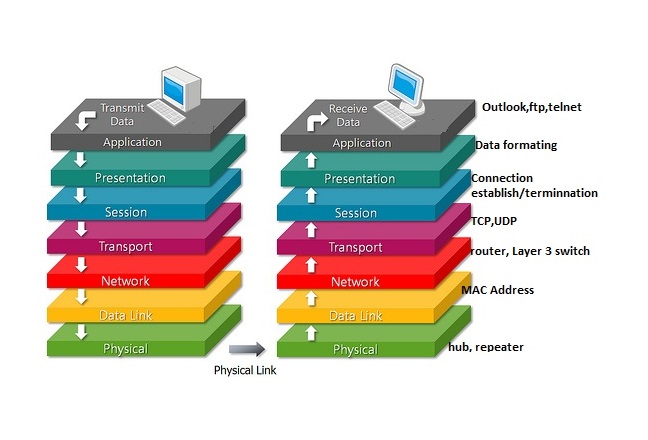Proxy and Reverse Proxy Servers
Proxy Server Proxy server is a computer system or application which works as an intermediary for clients searching resources which exist on other servers. It allows different users to access the internet at the same time on a single Internet connection. It aims to improve the speed of surfing the internet and reducing network traffic. It receives requests from a web user such as a web page or a file available on a different server, then it evaluates at responds to the request. It simplifies this process and controls it. A proxy server is also part of a firewall and helps to prevent hackers from using the internet in order to not let them gain access to computers on a Continue reading


